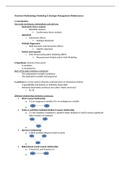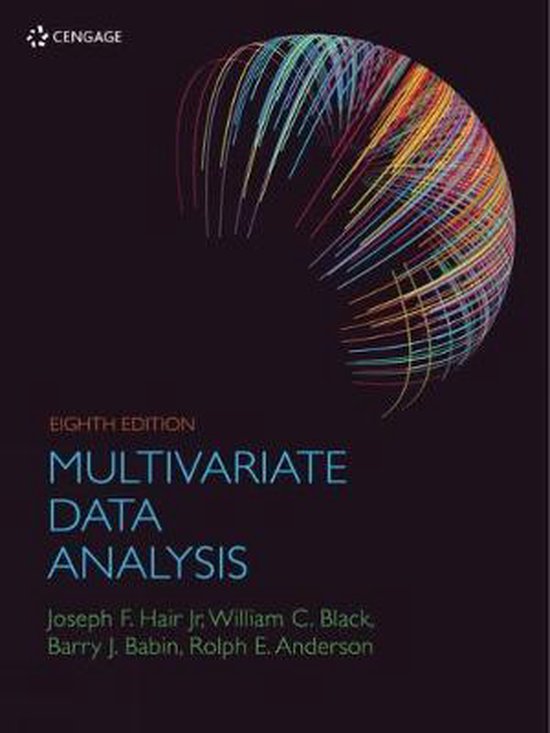Samenvatting
Summary of Methodology in Marketing & Strategy Research (MMSR)
- Instelling
- Radboud Universiteit Nijmegen (RU)
A clear summary/overview of the study material for the course of Methodology in Marketing and Strategy Research (MMSR). This summary is based on all the web lectures that were provided in the course and it also includes additional information, pictures, and (elaborate) examples that were provided t...
[Meer zien]





